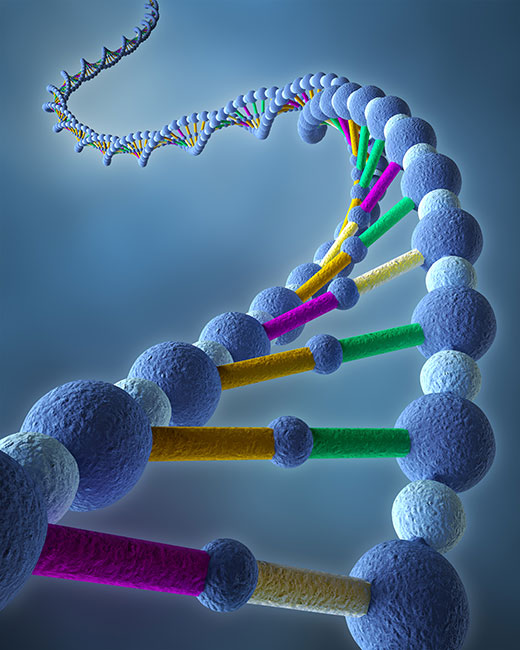••• health care research
Gene may make Asians more prone to drug side effects
 Asians – who make up more than 60 percent of the world’s population – are at increased risk for a wide range of side effects from a variety of common medications used for everything from gout to hormone replacement therapy and depression, according to a study recently published in Clinical Translational Science.
Asians – who make up more than 60 percent of the world’s population – are at increased risk for a wide range of side effects from a variety of common medications used for everything from gout to hormone replacement therapy and depression, according to a study recently published in Clinical Translational Science.
Asians are more likely to have certain genetic variants compared to other ethnicities that put them at increased risk for these side effects. In the majority of cases that the study reviewed, the adverse responses to medications were due to Asians more commonly being carriers of a particular gene, known as the HLA-B*15:02 allele. (This research referred to Asians broadly to be able to include a wide cross section of studies.)
University of British Columbia medical student Cody Lo, the study’s lead author, and collaborators at Stanford argue that a one-size-fits-all approach to prescribing medications is risky. Research groups have suggested standardizing ways of classifying more specific ethnic groups.
For doctors, recognizing that certain effects may be more prevalent in Asian populations can be very helpful in their daily practice. Part of the reason why this review was conducted was to give doctors an evidence-based resource to help inform their clinical decision-making.
••• brand research
Top brands should keep standard logos in social media ads
When it comes to ads on social media platforms, customers view well-known brands most favorably when they see traditional, standardized logos instead of altered graphic identities, says a report from Ball State University.
 “Does brand logo matter in social media marketing? The moderating role of brand logo and brand equity in brand evaluation,” recently published in the Journal of Digital & Social Media Marketing, examined the use of logos and advertising on social media.
“Does brand logo matter in social media marketing? The moderating role of brand logo and brand equity in brand evaluation,” recently published in the Journal of Digital & Social Media Marketing, examined the use of logos and advertising on social media.
One hundred undergraduate students participated in the experiment and evaluated mock Facebook advertising from the brand. The study found that when the brand value is high, standardization of the brand logo led to more favorable attitudes toward the brand compared with adaptation. In contrast, when the brand value is low, there was no significant difference between standardization and adaptation of the brand logo.
“In the case of Nike, it has the ‘swoosh,’ which is familiar to the target customers in social media advertising, as this will lead to higher perceptual fluency and better evaluation of the brand,” says study author Sangwon Lee, associate professor of marketing in the Miller College of Business at Ball State. “By contrast, the marketing managers of follower brands have more strategic freedom when it comes to revising the brand logo for social media advertising as target customers are less likely to penalize brands that introduce a newly designed brand logo. This finding is especially helpful for marketing managers considering redesigning their logo as part of a brand repositioning exercise.”
